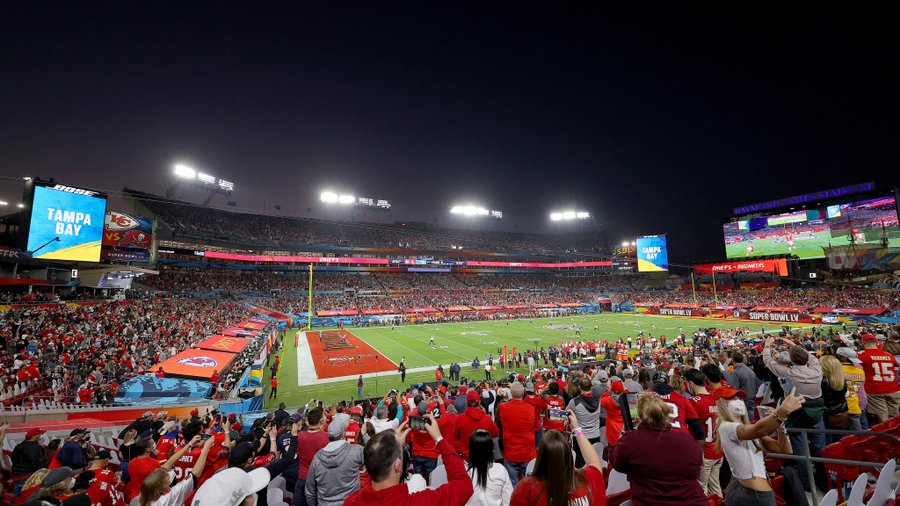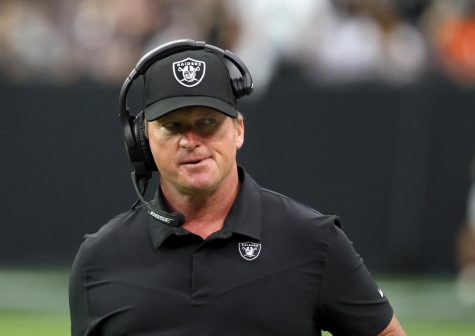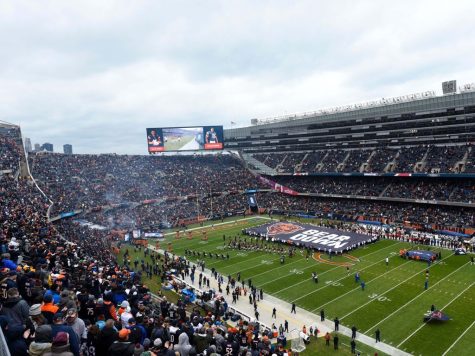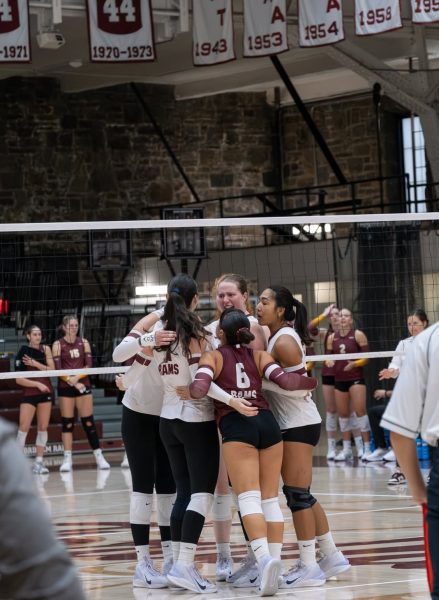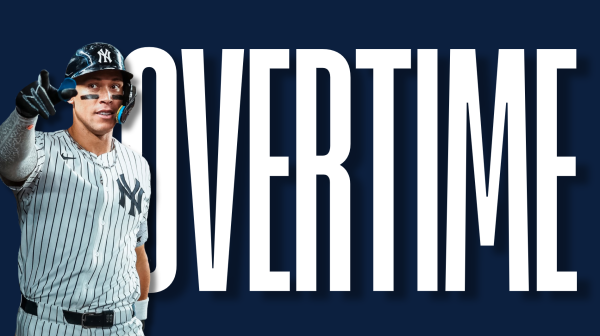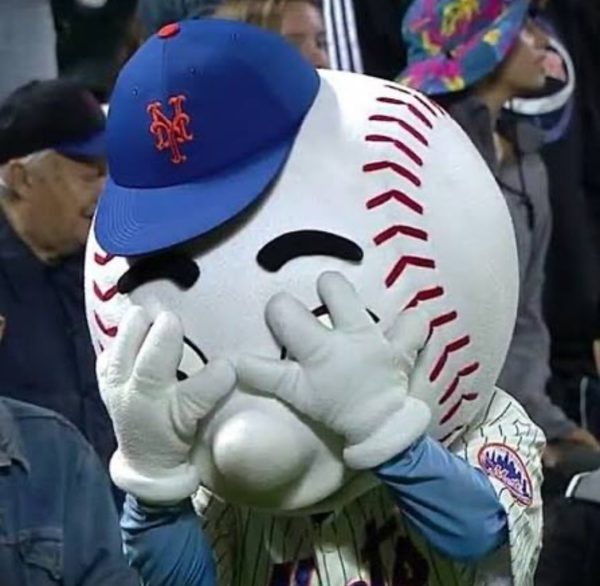Lowest Viewership for a Super Bowl in 15 Years
Viewership for Super Bowl LV hit the lowest in 15 years. There was a slight delay in the ratings; a Nielsen spokesperson said they were “still being processed and verified.” Viewers tuned in, anticipating Brady’s chance at a seventh Super Bowl win at 43-years-old. Although, many at-home decided to turn off the tv this year. Perhaps the lack of social gatherings contributed to the lack of viewership.
Yet NFL games were among the most-watched programs of 2020. This fact may be saving all of the NFL’s television contracts. Although the viewership was the lowest in 15 years, 91.6 million people still tuned in to the big game. The Super Bowl is projected to be one of the most viewed programs in 2021. The Super Bowl peak was 2015 at 114.4 million, where Brady won his fourth of seven Super Bowl rings.
Although the matchup had the two most prominent quarterbacks in the game right now- Tom Brady and Patrick Mahomes – the game itself was not intriguing. Brady blew out the Bucs by leading 31-9 by the end of the third quarter. Then in the fourth quarter, neither of the teams had a competitive moment or scored. Mahomes’ highlights were his entertaining scrambles from the Bucs’ aggressive defense.
The lack of gathering for Super Bowl parties and the lack of competitiveness in the game may have caused the low viewership. The NFL is planning to sign several television distribution agreements in this upcoming year. These new agreements are projected to have a significant increase in average annual value. Streaming of NFL games is also increasing — the Super Bowl averaged 5.7 streamers. The NFL is projected to join the top charts of streaming.
Streaming service CBS All Access buckled under the viewers’ weight, trying to stream the game Sunday, crashing for several minutes around kick-off, and drawing a flurry of criticism on social media.
In terms of viewership, the NFL fared pretty well compared to other leagues. The viewership for the NBA was down 49%, and the viewership for the Stanley Cup was down 39%, whereas the NFL only suffered a viewership loss of 7%. Overall, viewership for all broadcast television is down 20%, so the NFL’s drop in views is comparatively decent.
Are these drops in broadcast viewership a reflection of fans’ switch to streaming services or lack of interest in the sport itself? The game still had a total viewership of 102 million. Maybe the NFL’s television deals will draw in new viewers to the sport and grow that number next year.





































































































































































































